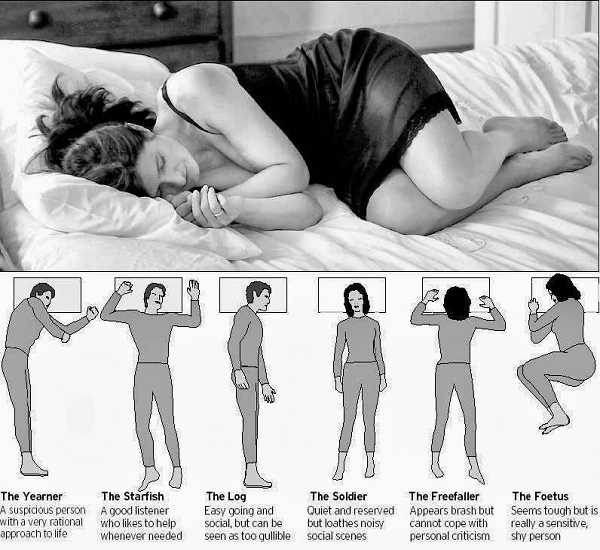Sleep is a crucial component of overall health, yet many people overlook the importance of their sleeping position. How you position your body during the night can significantly impact your physical well-being, potentially causing or alleviating various health issues.
Understanding the Importance of Sleep Posture
Your sleep posture plays a critical role in maintaining proper spinal alignment and preventing potential health problems. Medical professionals have long recognized that the way we sleep can directly influence our physical comfort, pain levels, and overall quality of rest. Research indicates that approximately 63% of people experience some form of sleep-related body pain, often directly linked to their sleeping position.
Proper sleep posture can help:
- Reduce back and neck pain
- Improve breathing and circulation
- Prevent muscle strain
- Support optimal spinal alignment
The 8 Common Sleeping Positions and Their Health Impacts
1. The Fetal Position
Perhaps the most common sleeping position, the fetal position involves curling up on your side with knees drawn toward the chest. While this position can feel comforting, it may cause breathing restrictions and joint stiffness. Approximately 41% of adults prefer this sleeping style, particularly those dealing with lower back pain or pregnancy.
2. The Back Sleeper
Sleeping on your back is often recommended by healthcare professionals as it helps maintain optimal spinal alignment. This position distributes body weight evenly and reduces pressure points. However, back sleeping can exacerbate snoring and sleep apnea for some individuals.
3. The Stomach Sleeper
Considered the least recommended position, stomach sleeping can cause significant strain on the neck and lower back. The unnatural neck rotation and spine positioning can lead to persistent pain and discomfort. Orthopedic experts strongly advise against this position for individuals with existing back or neck issues.
4. The Side Sleeper
Side sleeping offers numerous health benefits, particularly for individuals with sleep apnea or acid reflux. This position can help open airways and reduce snoring. However, improper pillow support may lead to shoulder and hip pain.
5. The Yearner Position
Similar to side sleeping, the yearner position involves sleeping on your side with arms extended forward. This position can help reduce acid reflux but might cause arm numbness if maintained for extended periods.
6. The Log Position
Characterized by sleeping straight on your side with arms down, the log position can help maintain spinal alignment. However, it may increase pressure on shoulders and hips without proper mattress support.
7. The Soldier Position
Sleeping on your back with arms straight down is known as the soldier position. While it can help maintain spine alignment, it may increase the likelihood of snoring and sleep apnea.
8. The Freefall Position
Sleeping on your stomach with head turned to one side, this position is associated with potential neck strain and lower back discomfort. Experts generally recommend avoiding this sleeping style.
Tips for Improving Sleep Posture
To optimize your sleep health, consider these practical recommendations:
- Invest in a supportive mattress that matches your preferred sleeping position
- Use ergonomic pillows to support proper neck and spine alignment
- Consider using body pillows to maintain proper positioning
- Practice gentle stretching before bed to reduce muscle tension
Conclusion
Understanding and implementing the right sleeping position can dramatically improve your sleep quality and overall health. While individual preferences and physical conditions vary, being mindful of your sleep posture can help prevent long-term health issues and ensure more restful, rejuvenating sleep.






